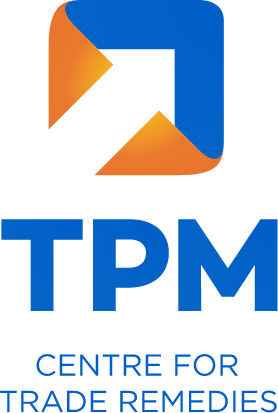Product description – The product under consideration is Acrylic Fibre imported from Thailand. Acrylic Fibre is a long chain of synthetic polymer composed of atleast 90% by weight of Acrylonitrile, which is a major raw material for production of Acrylic Fibre. It is broadly described in terms of colour, length and denier of the fibre. Homopolymer Acrylic Fibre containing 100% Acrylonihile has been excluded from the scope of the PUC.
HS Codes – The product is classified under Chapter 55 of the Customs Tariff Act, 1975. Customs classification of Acrylic Fibre is 5501.3000, 5503.3000 and 5506.3000.
Uses – It is used for the purpose of manufacturing apparels, household items and has great industrial use etc.
Country involved – Thailand
Applicants – M/s. Indian Acrylics Limited, Ms. Pasupati Acrylon Limited, and M/s. Vardhman Acrylics Limited
Date of initiation – 30-09-2019
Period of investigation – April 2018 to March 2019
Injury period – 2015-16, 2016-17, 2017-18 and the period of investigation.
Dumping margin, Injury Margin & Proposed Duty – The following exporter specific dumping margin, injury margin and proposed duty has been determined by the Designated Authority:
| Producer | Dumping margin Range | Injury Margin Range | Proposed Duty (US$/MT) |
| Thailand – Thai Acrylic Fibre Co. Ltd. | 10-20 | 0-10 | 15.87 |
| Thailand – Any other exporters | 30-40 | 0-10 | 110.13 |
| Any other exporter/producer | 110.13 |
Key findings –
- There no bar on number of times a sunset review can be conducted and the anti-dumping duty extended. The duty duties on imports from USA and Korea RP ceased to exist and were not extended since the imports stopped being injurious to the industry.
- The dumping margin from the subject country is positive and significant. The imports are likely to enter the Indian market at dumped prices in the event of expiry of duty.
- The domestic industry’s performance remains vulnerable due to dumping of the subject goods from the subject country.
Imports from subject country has increased during POI and post – POI period and are undercutting and suppressing the prices of the domestic industry. There is a likelihood of continuation of dumping and the likelihood or recurrence of injury to the domestic industry in case the anti-dumping duty ceased to exist.

